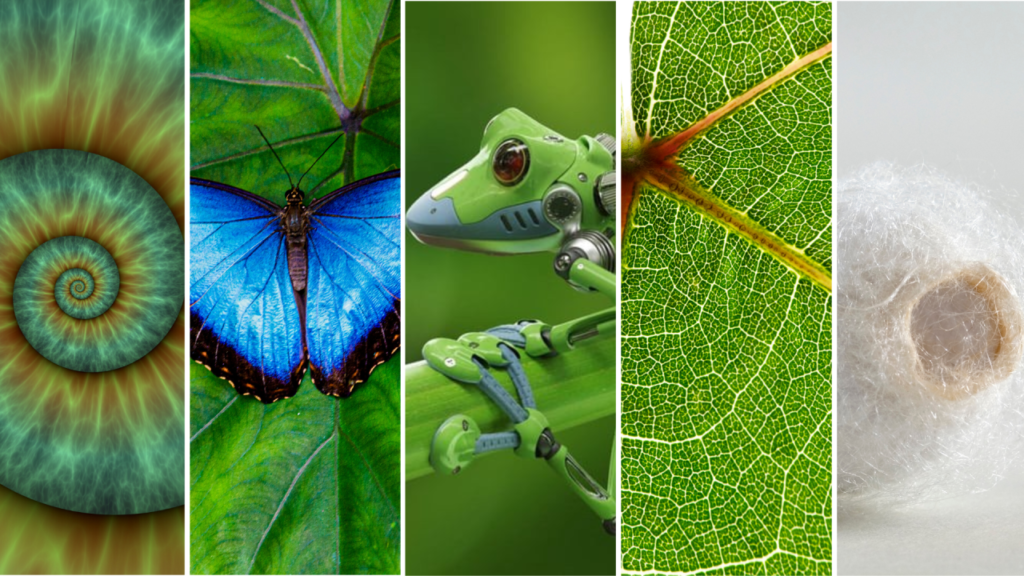Nature’s Blueprint: How Biomimicry is Revolutionizing Modern Science
In today’s world, rapid technological advancements can sometimes feel disconnected from nature. Yet, many groundbreaking scientific innovations come directly from observing and mimicking natural processes—a practice called biomimicry. By tapping into nature’s blueprints, biomimicry has become an essential approach in fields ranging from medicine to engineering, sustainability, and urban planning. This article explores the fascinating world of biomimicry, its impact on modern science, and how nature-inspired innovations are reshaping the future.
What is Biomimicry?
At its core, biomimicry is a discipline that studies the models, systems, and elements of nature and applies them to solve complex human problems. By emulating nature’s time-tested patterns and strategies, scientists and engineers can design sustainable, efficient, and often groundbreaking solutions. Although the idea of mimicking nature isn’t new, recent advances in technology have made biomimetic innovations more relevant and accessible than ever.
WhyBiomimicry?
Nature has spent billions of years evolving organisms and systems that are both highly efficient and resilient. Animals, plants, and microorganisms all adapt to challenges like resource scarcity, climate shifts, and environmental pressures. These natural solutions are often more sustainable and resource-efficient than artificial ones, making biomimicry an ideal tool for industries aiming for green innovations.
Applications of Biomimicry in Modern Science
Biomimicry has had a revolutionary impact across a wide range of scientific disciplines, with key applications in fields such as engineering, medicine, and environmental sustainability.
1. Engineering and Architecture: The Power of Structural Biomimicry
The Lotus Effect

The lotus plant is known for its self-cleaning properties. Its leaves are covered with microscopic bumps and a waxy layer that repels water, which forms droplets that roll off, picking up dirt and particles as they go. This Lotus Effect has been applied to a range of surfaces, including building paints, roof tiles, and even smartphone screens, resulting in low-maintenance, water-repellent surfaces that reduce pollution and grime accumulation. By preventing water and dirt buildup, these surfaces contribute to lower cleaning costs and pollution levels in urban environments.
Bullet Trains and Kingfishers
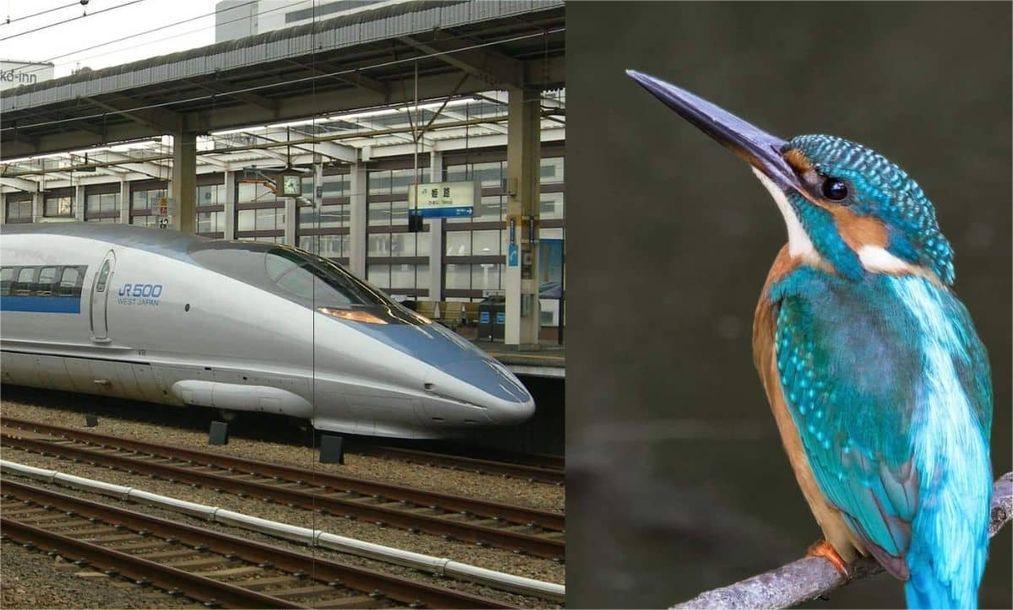
In Japan, engineers modeled the high-speed Shinkansen (bullet trains) after the streamlined beak of the kingfisher. When kingfishers dive into water, their pointed beak allows them to enter smoothly without creating a splash. Similarly, bullet trains designed with this streamlined shape have drastically reduced noise pollution and air resistance, improving efficiency and lowering environmental impact. By reducing friction, the Shinkansen can travel at high speeds with less energy, proving that nature’s designs can lead to both sustainable and functional improvements in modern transportation.
Termite Mounds and Sustainable Buildings
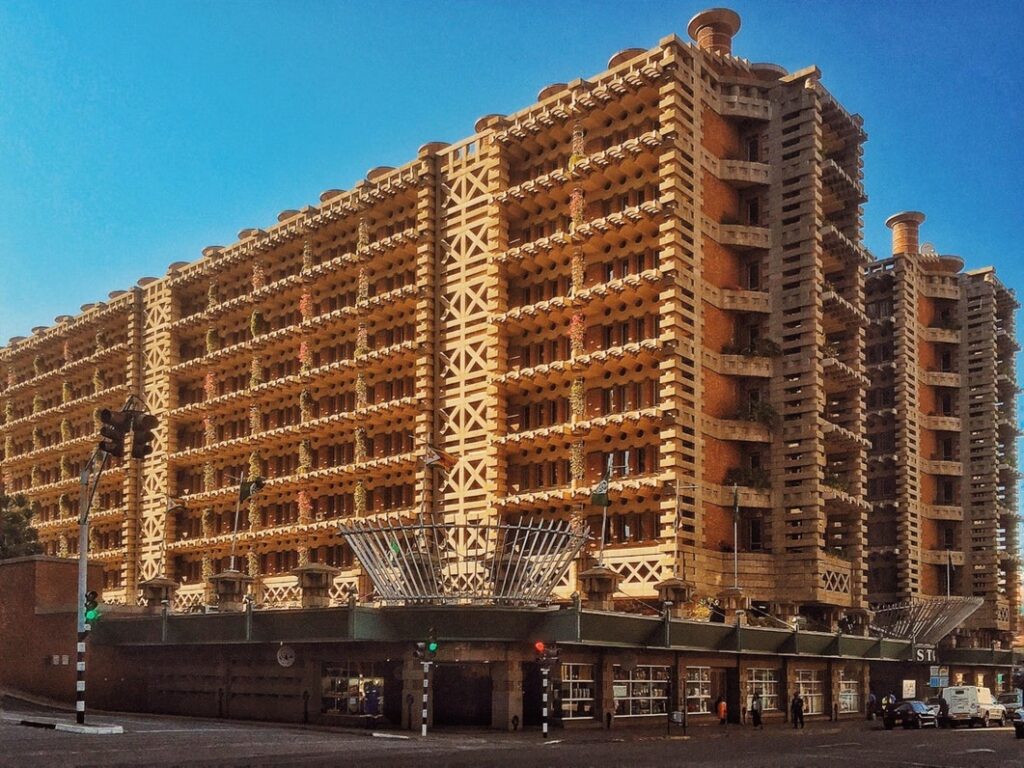
The towering mounds of African termites may seem unremarkable, but they are engineering marvels. Termites build their mounds with an intricate ventilation system that maintains a stable internal temperature despite the hot African climate. Architect Mick Pearce applied this concept to the Eastgate Centre in Harare, Zimbabwe. The building’s passive cooling system mimics termite mounds’ airflow, balancing temperature without conventional air conditioning. This biomimetic approach enables the Eastgate Centre to use 90% less energy than similar buildings, highlighting biomimicry’s potential in sustainable architecture.
2. Medicine: Mimicking Nature for Better Health
Shark Skin and Antimicrobial Surfaces
Sharks have evolved to possess skin with unique, microscopic ridges that prevent bacteria from settling and colonizing. Scientists studied this shark skin texture and replicated it to create antimicrobial surfaces for hospitals, where bacterial contamination can be life-threatening. Known as Sharklet technology, this surface design is now applied to medical devices, surgical tools, and hospital walls, helping to reduce infection rates and create safer environments in healthcare facilities.
Velcro and Burrs
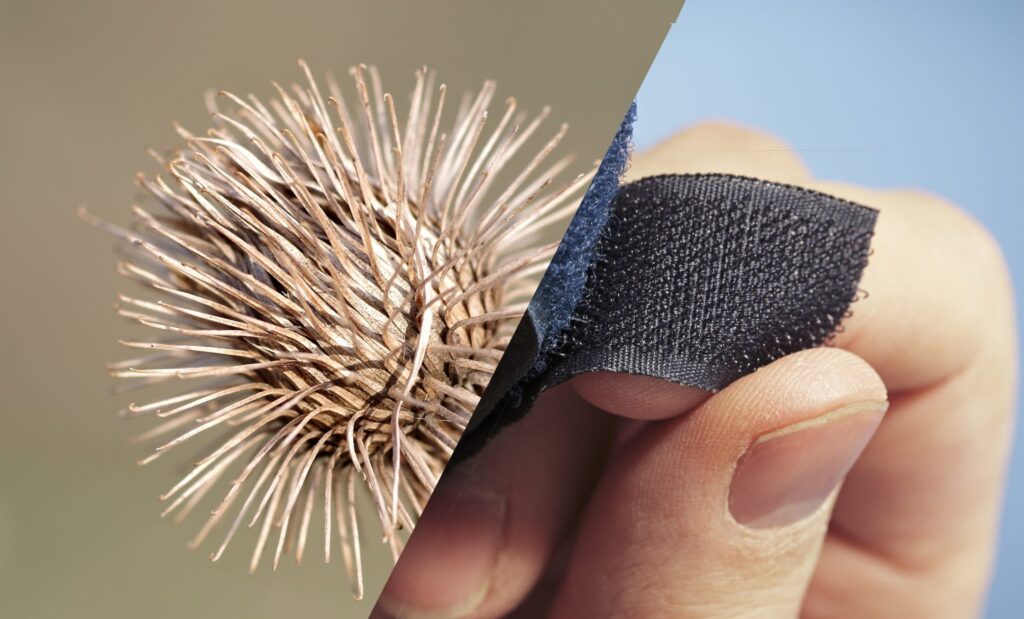
Perhaps one of the most famous examples of biomimicry in medicine, Velcro was inspired by burrs. When Swiss engineer George de Mestral noticed burrs sticking to his dog’s fur, he examined them under a microscope and discovered tiny hooks that allowed them to latch onto fibers. This discovery led him to develop Velcro, a hook-and-loop fastening system now widely used in medical equipment, clothing, and countless everyday products, from securing bandages to aiding physical rehabilitation.
Gecko Adhesives
Geckos can cling to vertical surfaces thanks to millions of tiny hair-like structures on their feet called setae, which create adhesive forces. This natural grip has inspired the development of medical adhesives that bond tightly without irritating skin or leaving residue. These gecko-inspired adhesives are used in wound care, surgery, and even for advanced wearable devices that monitor health without discomfort or skin damage.
3. Environmental Sustainability: Solutions for a Greener Planet
Photosynthesis and Solar Cells
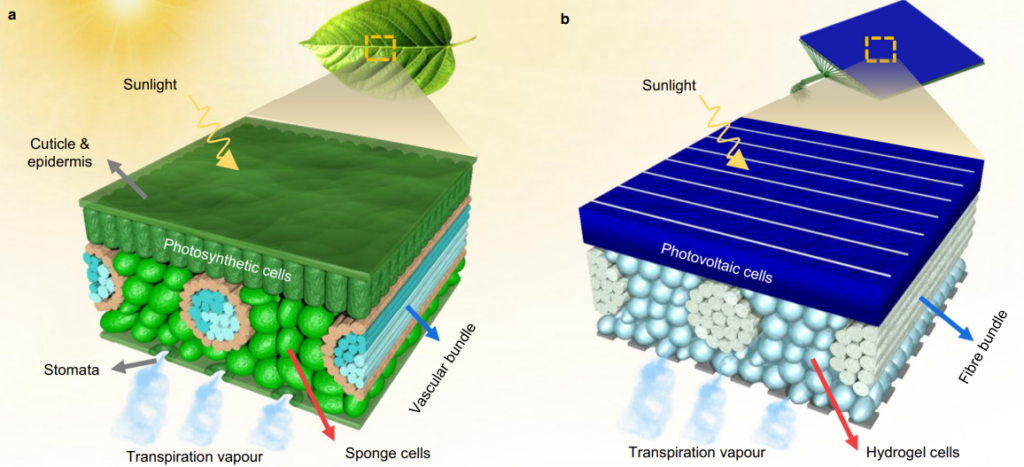
Plants have perfected photosynthesis, the process of converting sunlight into energy. By mimicking this process, scientists are developing biomimetic solar cells that imitate the structure of leaves to absorb sunlight more effectively. These leaf-like solar panels capture light at various angles, improving efficiency, especially during dawn and dusk when light is less direct. This technology is advancing renewable energy by making solar power more accessible, sustainable, and efficient, supporting the transition to cleaner energy sources.
Desert Beetles and Water Collection
In the Namib Desert, where water is scarce, the Namib Desert beetle collects moisture from the air on bumps on its shell. When fog rolls in, water droplets condense on the beetle’s back and roll down to its mouth. This adaptation inspired fog-catching devices that mimic these shell bumps, allowing communities in arid regions to capture and collect water from the air. These devices provide a valuable water source in areas with limited access to clean water, showing how biomimicry can address resource scarcity.
Waste Decomposition and Closed-Loop Systems
In nature, waste is recycled into the ecosystem, creating a closed-loop system where materials are reused and repurposed. Biomimicry has applied this concept to waste management and product design, encouraging circular economies where resources are continually cycled. By treating waste as an asset, companies are developing more sustainable production processes that mimic nature’s zero-waste principles, reducing landfill contributions and environmental degradation.
Biomimicry in Emerging Technologies
Biomimicry isn’t just influencing traditional fields; it’s steering the development of cutting-edge technologies that could redefine entire industries.
Spider Silk for Stronger Fabrics
Spider silk is an incredibly strong and flexible material, which has inspired the development of synthetic fibers that replicate these properties. Scientists are producing synthetic spider silk for use in medical sutures, body armor, and sportswear. Its unique combination of strength and flexibility makes it an ideal biomimetic material for applications requiring durability without added weight, reducing both costs and environmental impact.
Sea Shells and Lightweight Concrete
The layered structure of sea shells gives them their remarkable strength. Researchers have applied this design to create lightweight, durable concrete that is both strong and environmentally friendly. This sea-shell-inspired concrete reduces construction costs, requires fewer resources, and is more resistant to weathering, offering a sustainable solution for infrastructure development.
The Future of Biomimicry in Science and Society
As biomimicry becomes more integrated into scientific research, it’s likely that this nature-based approach will transform industries worldwide. Emerging technologies like 3D printing and advanced nanotechnology enable scientists to replicate complex natural structures with high precision, opening new frontiers for biomimetic applications. However, biomimicry also raises ethical considerations. As we draw inspiration from nature, there is an imperative to preserve it. Conservation efforts must accompany innovation to avoid overexploitation of ecosystems. Scientists and innovators emphasize sustainability alongside innovation to ensure that we respect the natural systems we mimic.
Conclusion
Biomimicry is more than just a scientific approach; it’s a mindset that encourages us to look to nature for solutions and wisdom. Through biomimicry, we find sustainable solutions to complex problems and learn to appreciate the delicate balance that sustains life on Earth. By embracing nature’s blueprint, scientists, engineers, and communities alike can contribute to a future that values sustainability, efficiency, and resilience. Biomimicry reveals that by following nature’s lead, we access billions of years of evolutionary refinement. As we continue to innovate, the importance of protecting and learning from nature becomes ever more critical. Biomimicry is revolutionizing modern science—not only by advancing technology but also by molding a deeper connection between human ingenuity and the natural world.

Maryam Salman
A-levels student | The Lahore Lyceum
Maryam is an A-levels student hailing from Lahore, Pakistan who is passionate about Tech-Driven movements, Human-Computer Interaction, and Psychiatry; You will often find her writing about how these fields intersect within the mundane tasks of life. She has been an avid reader since age five, and when she's not writing or reading, she finds joy in baking—it’s her favorite way to relax!

